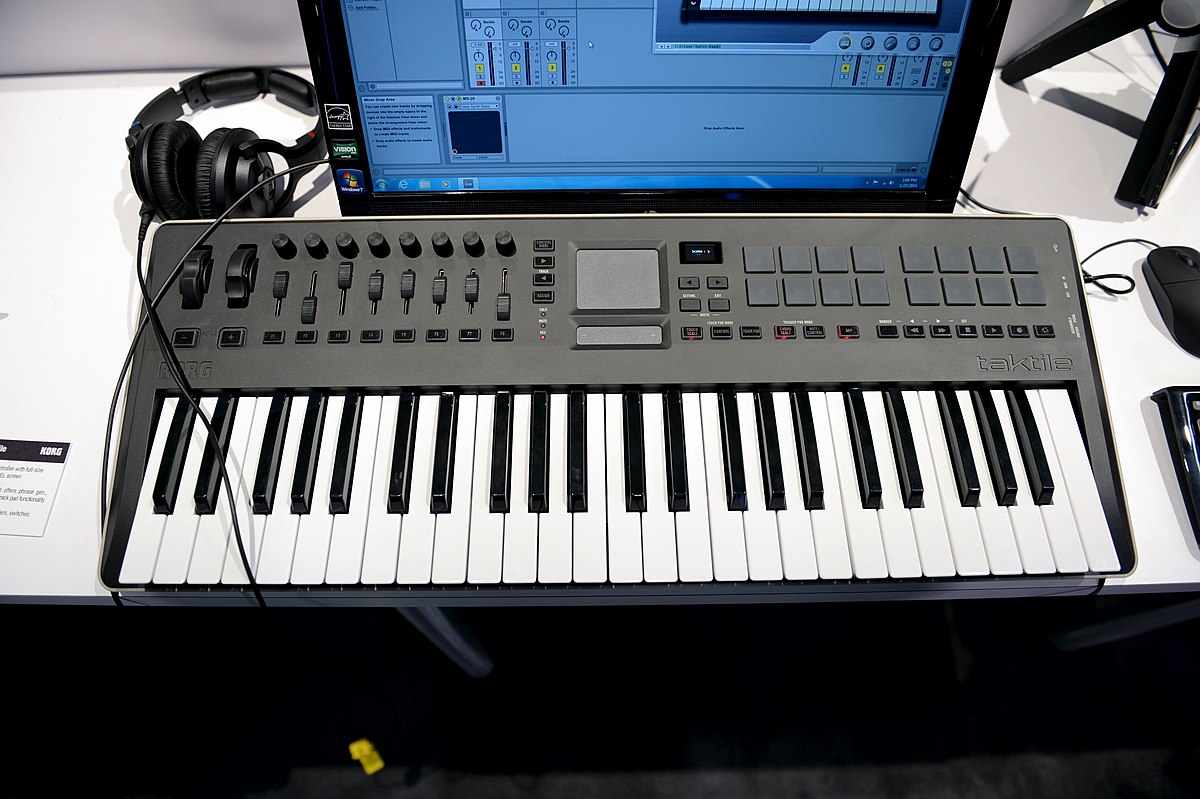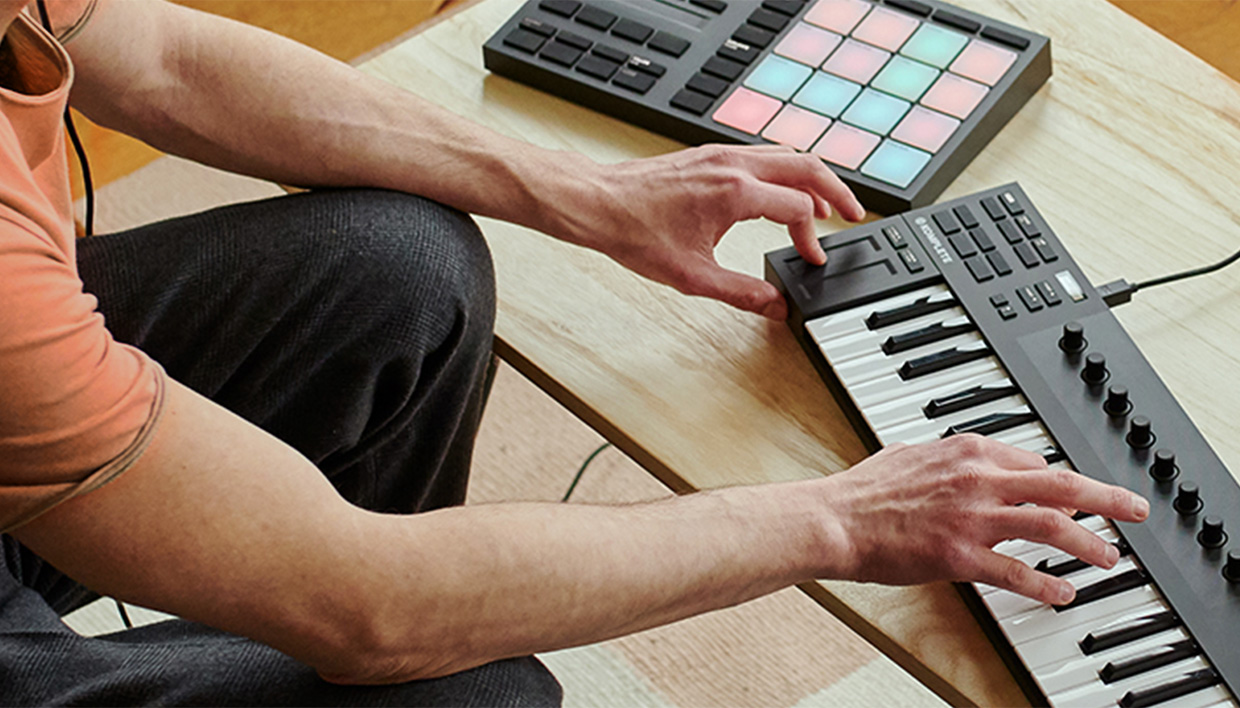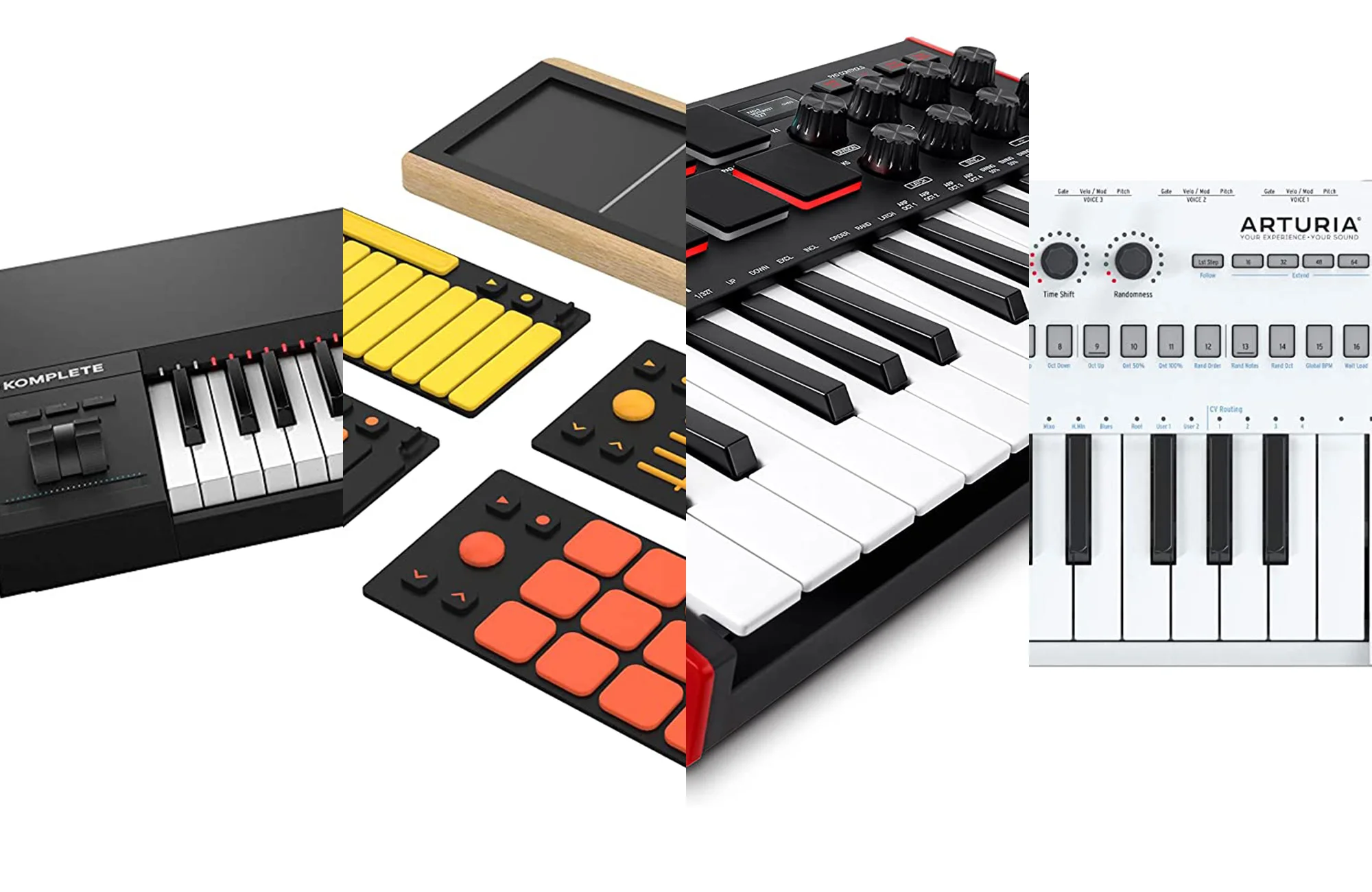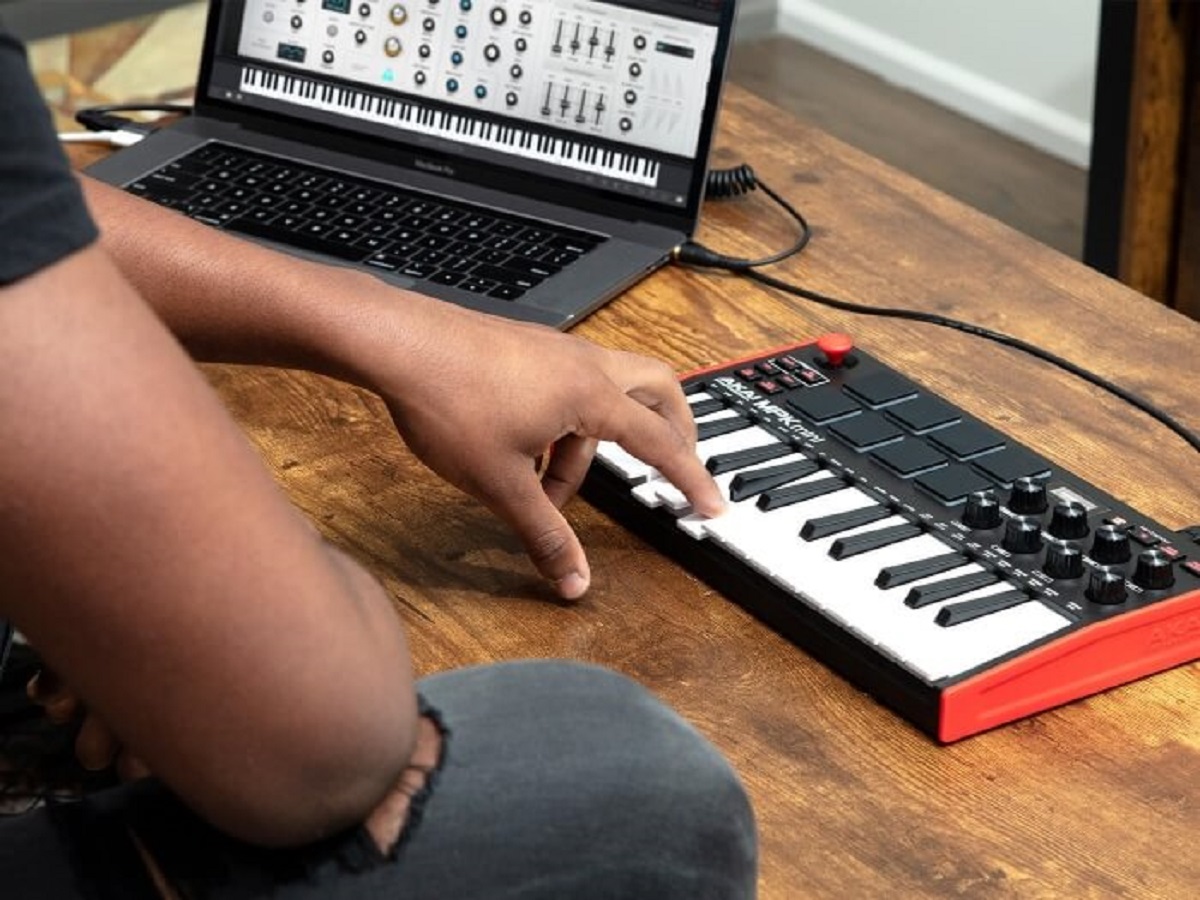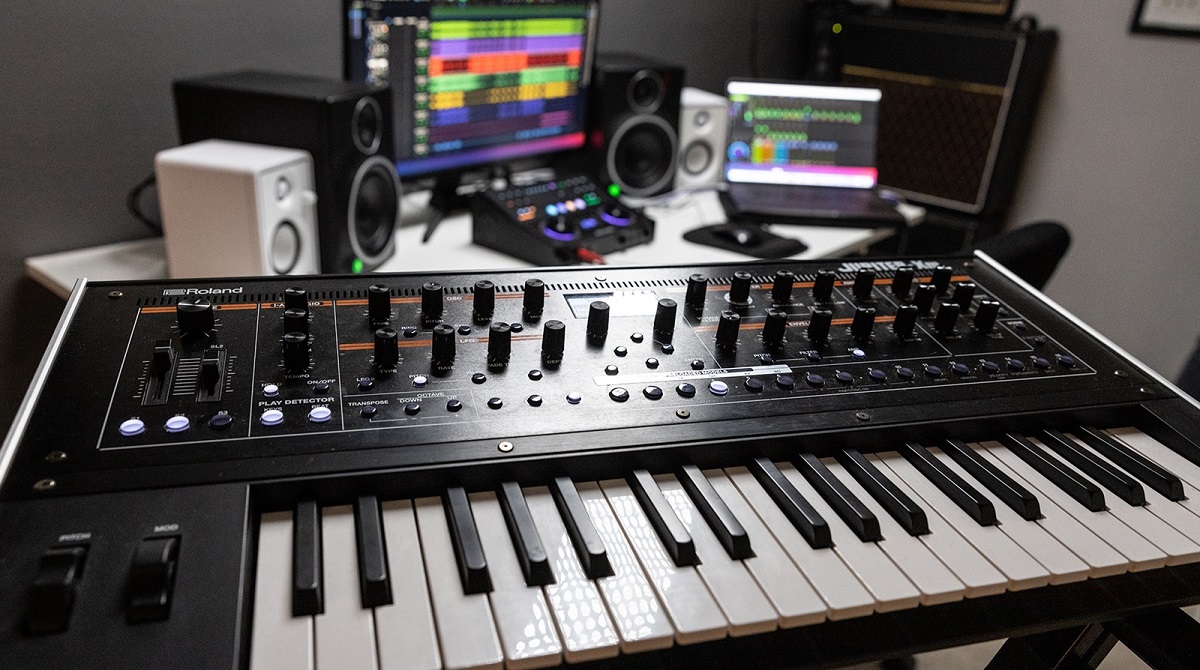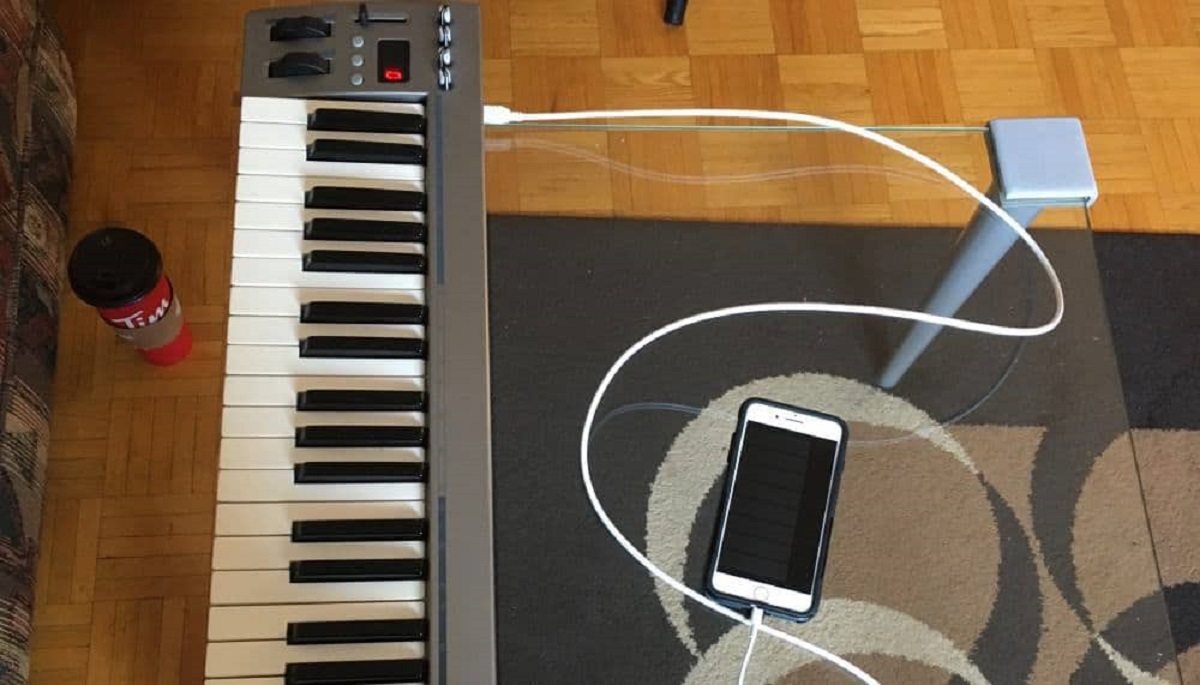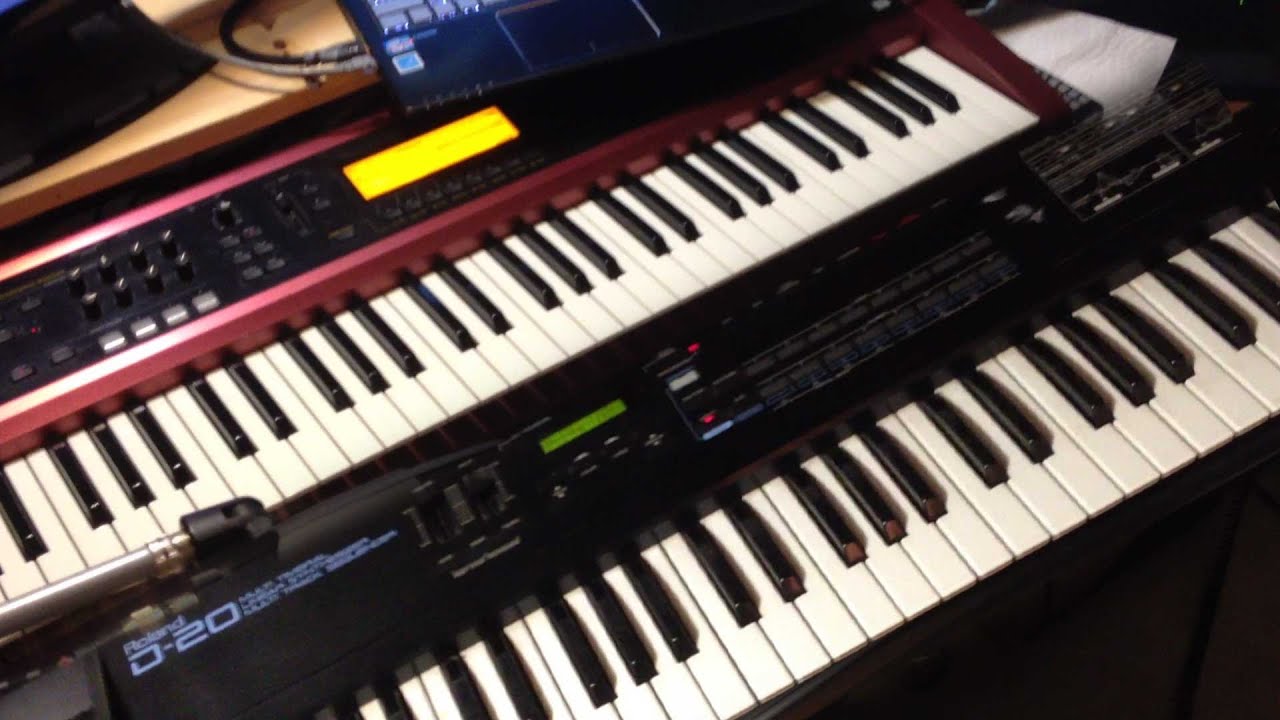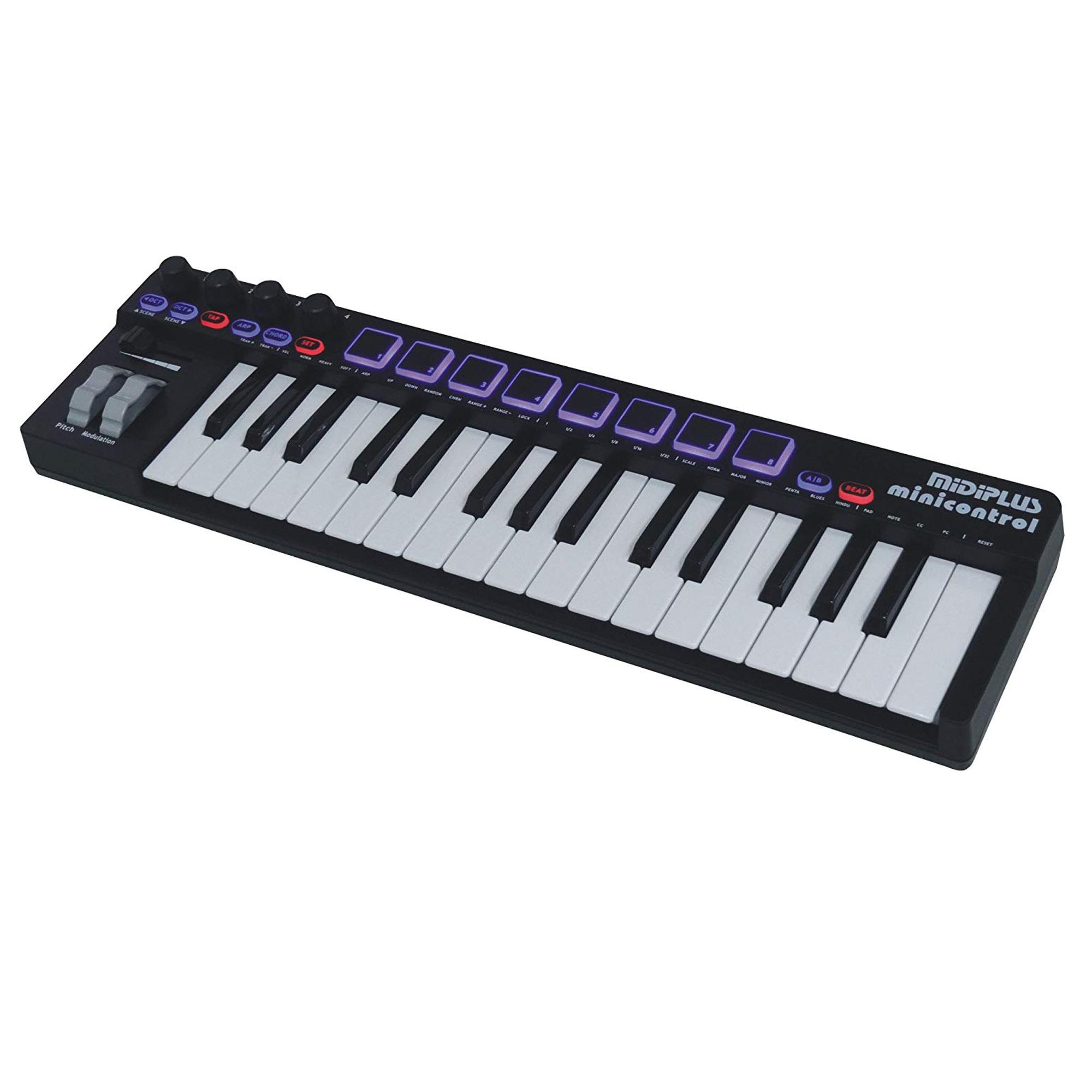Introduction
When it comes to creating music in the digital realm, having the right tools can make all the difference. A MIDI keyboard is a versatile and essential piece of equipment for musicians, producers, and composers, offering a tactile and intuitive way to interact with digital audio workstations (DAWs) and virtual instruments. Whether you’re a seasoned professional or just starting your musical journey, finding the perfect MIDI keyboard can greatly enhance your creative process.
Before diving into the world of MIDI keyboards, it’s important to understand the key factors to consider when making a selection. From key count and size to compatibility, control options, portability, and price, each aspect plays a crucial role in determining the best fit for your specific needs. In this guide, we’ll explore these considerations in detail, providing you with the knowledge and insight to make an informed decision when choosing a MIDI keyboard.
Whether you’re a pianist looking to integrate electronic sounds into your repertoire, a producer seeking a hands-on approach to music production, or a composer aiming to streamline the creative process, the right MIDI keyboard can be a game-changer. Let’s delve into the essential features and considerations to keep in mind as you embark on the journey of finding the perfect MIDI keyboard for your musical endeavors.
Key Count and Size
One of the primary considerations when choosing a MIDI keyboard is the number of keys and their size. MIDI keyboards come in various configurations, typically ranging from 25 to 88 keys. The key count you opt for should align with your specific musical needs and playing style. Here’s a closer look at key count and size considerations:
- Key Count: The key count of a MIDI keyboard determines the range and versatility it offers. A 25-key keyboard is compact and portable, making it ideal for travel and studio setups with limited space. It suits producers and electronic musicians who focus on creating loops, beats, and electronic music. On the other hand, a 49 to 88-key keyboard provides a wider range, making it suitable for pianists, composers, and musicians who require a full piano keyboard’s span for playing melodies, chords, and intricate passages.
- Size and Weight: Consider the physical dimensions and weight of the MIDI keyboard, especially if portability is a priority. Compact, lightweight keyboards are convenient for on-the-go use, while larger, heavier models offer a more traditional piano feel and extended range. The size and weight of the keyboard also impact its suitability for live performances, studio use, and integration into your existing setup.
Ultimately, the key count and size of a MIDI keyboard should align with your musical objectives, performance requirements, and available space. Whether you prioritize portability, range, or a balance of both, selecting the right key count and size sets the foundation for an enjoyable and productive music-making experience.
Key Action and Sensitivity
Key action and sensitivity are crucial aspects of a MIDI keyboard that directly impact the playing experience and expressiveness. Understanding these factors is essential for choosing a keyboard that suits your playing style and musical preferences.
Key Action:
The key action refers to the mechanism used in the keyboard to replicate the feel of an acoustic piano. There are three primary types of key actions:
- Weighted Action: This type of key action simulates the feel of traditional piano keys, offering resistance and a realistic response to varying touch and dynamics. It is well-suited for pianists and keyboardists who desire a familiar playing experience.
- Semi-weighted Action: Semi-weighted keys strike a balance between the weighted and synth-action keys, providing a moderate level of resistance and responsiveness. They are suitable for a wide range of musical styles and playing techniques.
- Synth Action: Synth-action keys are lightweight and springy, commonly found in compact MIDI controllers and synthesizers. They are ideal for electronic music production, rapid note repetition, and synth-based performance.
Key Sensitivity:
Key sensitivity, often referred to as velocity sensitivity, determines the keyboard’s responsiveness to varying touch and force. A keyboard with velocity-sensitive keys allows for dynamic expression, enabling softer or harder playing to produce corresponding changes in volume and timbre. This feature is particularly important for creating nuanced performances and adding realism to virtual instrument sounds.
When selecting a MIDI keyboard, consider your playing technique, musical genres, and the level of expressiveness you aim to achieve. Key action and sensitivity play a pivotal role in shaping the tactile and sonic experience, making them essential factors to weigh in your decision-making process.
Compatibility and Connectivity
Ensuring seamless integration with your existing setup and software is paramount when selecting a MIDI keyboard. Compatibility and connectivity features dictate how the keyboard interacts with your computer, DAW, and other hardware, influencing the overall workflow and creative possibilities.
Software Compatibility:
Before making a purchase, verify the MIDI keyboard’s compatibility with your preferred digital audio workstation (DAW) and virtual instruments. Most MIDI keyboards are designed to work with popular DAWs such as Ableton Live, Logic Pro, Pro Tools, and others. Additionally, check for compatibility with operating systems (Windows, macOS, etc.) to ensure smooth operation with your computer setup.
Plug-and-Play Integration:
Look for MIDI keyboards that offer plug-and-play functionality, allowing for immediate connection and use without the need for complex setup procedures. This seamless integration streamlines the creative process, enabling you to focus on making music rather than troubleshooting technical issues.
Connectivity Options:
Consider the connectivity options provided by the MIDI keyboard. Most keyboards feature USB connectivity, allowing direct connection to a computer for MIDI data transmission and power. Additionally, some models offer MIDI input and output ports, enabling connection to external MIDI hardware, sound modules, and other devices. The presence of additional control ports, such as expression pedal inputs and assignable knobs, expands the keyboard’s versatility and expressive capabilities.
Wireless Connectivity:
For enhanced flexibility, select MIDI keyboards that offer wireless connectivity options, such as Bluetooth or Wi-Fi. Wireless functionality enables cable-free operation, making it convenient for live performances, studio setups, and collaborative music-making scenarios.
By prioritizing compatibility and connectivity features, you can ensure a seamless and efficient integration of the MIDI keyboard into your music production environment. Whether you’re a solo artist, a producer working with a team, or a performer on stage, a well-suited MIDI keyboard can elevate your creative process and performance experience.
Control Options
Aside from serving as a keyboard for playing melodies and chords, MIDI keyboards often incorporate various control options that enhance performance, production, and sound manipulation capabilities. Understanding these control features is essential for harnessing the full creative potential of the keyboard.
Assignable Controls:
Many MIDI keyboards come equipped with assignable knobs, sliders, and buttons that can be mapped to control parameters within your DAW and virtual instruments. These assignable controls provide hands-on manipulation of parameters such as volume, pan, effects, and instrument settings, offering a tactile and intuitive approach to shaping sounds and performances.
Drum Pads and Trigger Buttons:
For beat-making, rhythm programming, and triggering samples, MIDI keyboards often feature drum pads and trigger buttons. These pads allow for dynamic drumming and percussion performance, enabling the creation of rhythm patterns and the triggering of sound effects and samples with precision and expressiveness.
Pitch Bend and Modulation Wheels:
Most MIDI keyboards include pitch bend and modulation wheels, offering expressive control over pitch variations and modulation effects. These wheels enable nuanced pitch bends, vibrato, and expressive modulation, adding depth and character to performances and electronic music production.
Transport Controls:
Transport controls, including play, stop, record, and navigation buttons, provide convenient access to essential DAW functions. These controls streamline the recording and playback process, allowing for quick and efficient control of the DAW’s transport functions without relying solely on the computer mouse or keyboard shortcuts.
Integration with MIDI controllers that offer comprehensive control options empowers musicians and producers to interact with their music in a tactile and dynamic manner. Whether you’re shaping sounds, programming beats, or performing live, the presence of versatile control options on a MIDI keyboard expands the creative possibilities and enhances the overall music-making experience.
Portability and Size
When selecting a MIDI keyboard, considering its portability and size is crucial, especially for musicians who require mobility and flexibility in their creative endeavors. The portability and size of the keyboard directly impact its suitability for various settings, including studio work, live performances, and on-the-go music production.
Compact Design:
For musicians who prioritize portability, compact MIDI keyboards with a minimal footprint offer convenience and versatility. These smaller keyboards are well-suited for travel, home studios with limited space, and mobile music production setups. Their lightweight and portable nature make them ideal for musicians who are frequently on the move or perform in diverse environments.
Full-Size Keyboards:
For pianists and keyboardists who seek a traditional playing experience, full-size MIDI keyboards with 49, 61, or 88 keys provide the familiar span and feel of a standard piano keyboard. While larger in size, these keyboards offer an expansive range and are suitable for expressive playing, intricate compositions, and performances that require a full piano keyboard’s coverage.
Weight Considerations:
Assessing the weight of the MIDI keyboard is essential, particularly for musicians who need to transport the instrument regularly. Lightweight keyboards are advantageous for gigging musicians, buskers, and performers who value ease of transport, while heavier keyboards may be preferable for stationary studio setups and situations where portability is less of a concern.
Built-in Battery Power:
Some MIDI keyboards feature built-in battery power, allowing for standalone operation without the need for a direct power source. This feature enhances the keyboard’s portability, enabling outdoor performances, mobile music production sessions, and setups in locations where access to power outlets may be limited.
By evaluating the portability and size of a MIDI keyboard, musicians can select a model that aligns with their mobility requirements and creative aspirations. Whether it’s crafting music on the go, performing live, or setting up a compact studio space, the portability and size of the keyboard play a pivotal role in shaping the overall music-making experience.
Price and Budget Considerations
When exploring the array of MIDI keyboards available, it’s essential to consider the pricing and budgetary aspects to make an informed investment aligned with your musical needs and financial constraints. Understanding the relationship between features, quality, and pricing can guide you in selecting a MIDI keyboard that offers the best value for your budget.
Entry-Level Options:
For beginners and budget-conscious musicians, entry-level MIDI keyboards provide an affordable entry point into music production and performance. These keyboards often offer essential features, compact designs, and basic functionality, making them suitable for learning, experimentation, and casual use.
Mid-Range Models:
Mid-range MIDI keyboards strike a balance between features, build quality, and affordability. They typically offer a broader range of keys, enhanced key action, additional control options, and improved integration with music production software. These keyboards cater to intermediate musicians, producers, and performers seeking a more comprehensive and expressive instrument.
High-End and Professional Grade Keyboards:
For advanced musicians, professional producers, and performers with specific performance and studio requirements, high-end MIDI keyboards offer premium features, superior build quality, and advanced control options. These keyboards are designed to meet the demands of professional music production, stage performances, and studio environments, providing extensive control, exceptional key action, and seamless integration with sophisticated music software and hardware.
Value Assessment:
When evaluating the price of a MIDI keyboard, consider the value it offers in terms of features, build quality, durability, and long-term suitability for your musical pursuits. Assess the included accessories, software bundles, and warranty coverage to gauge the overall value proposition and ensure that the keyboard aligns with your budget and performance expectations.
By carefully considering the pricing and budget aspects, musicians and producers can make informed decisions when investing in a MIDI keyboard that meets their creative needs while staying within their financial means. Whether it’s an entry-level model for learning and experimentation, a mid-range keyboard for expanding musical capabilities, or a high-end instrument for professional use, the price and budget considerations play a pivotal role in the selection process.
Conclusion
Choosing the right MIDI keyboard is a significant decision for musicians, producers, and composers, as it directly impacts creativity, performance, and music production workflows. By considering key factors such as key count and size, key action and sensitivity, compatibility and connectivity, control options, portability and size, as well as price and budget considerations, individuals can make informed choices that align with their unique musical requirements and preferences.
Understanding the balance between portability and key count allows musicians to select a keyboard that suits their mobility needs without compromising playability. Key action and sensitivity play a crucial role in shaping the tactile and expressive experience, catering to diverse playing styles and musical genres. Additionally, assessing compatibility and connectivity features ensures seamless integration with existing setups and software, enhancing efficiency and creative possibilities.
Control options, including assignable controls, drum pads, and pitch bend wheels, provide avenues for expressive performance, sound manipulation, and dynamic music production. The consideration of price and budget factors empowers individuals to find a MIDI keyboard that delivers the best value for their investment, whether it’s an entry-level model for learning and experimentation or a high-end instrument for professional use.
Ultimately, the journey of selecting a MIDI keyboard is a deeply personal and creative endeavor, shaped by individual musical aspirations, performance requirements, and workflow preferences. By evaluating the diverse aspects of MIDI keyboards and understanding their impact on the music-making process, musicians can embark on a fulfilling and productive musical journey with an instrument that resonates with their artistic vision and technical needs.
With a comprehensive understanding of the key considerations and features outlined in this guide, individuals are equipped to make informed decisions when choosing a MIDI keyboard, setting the stage for immersive musical experiences, innovative productions, and captivating performances.







